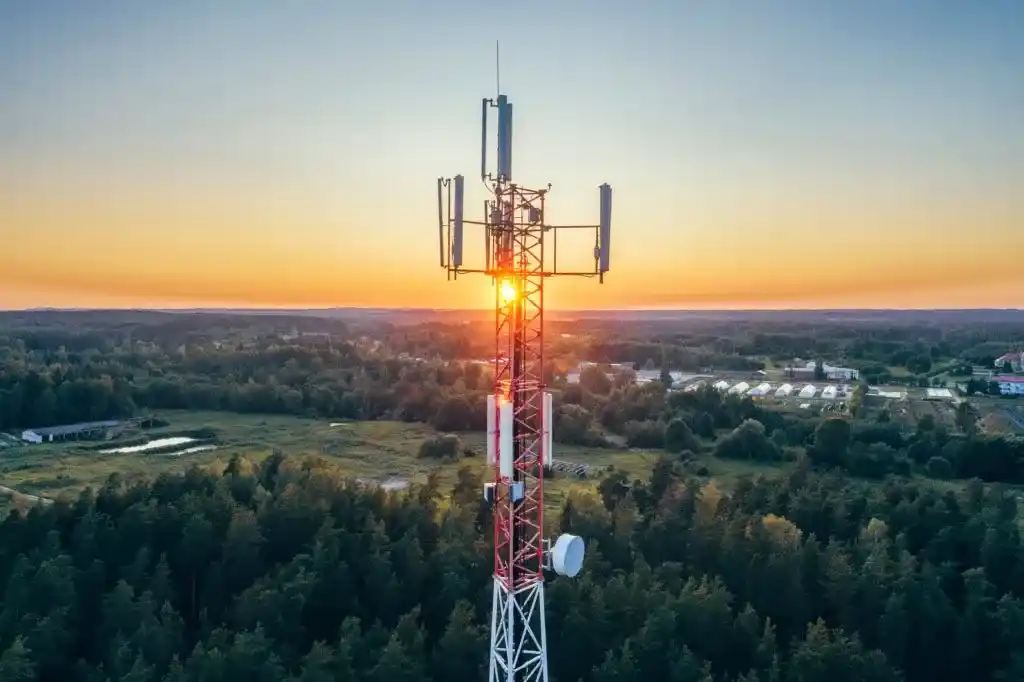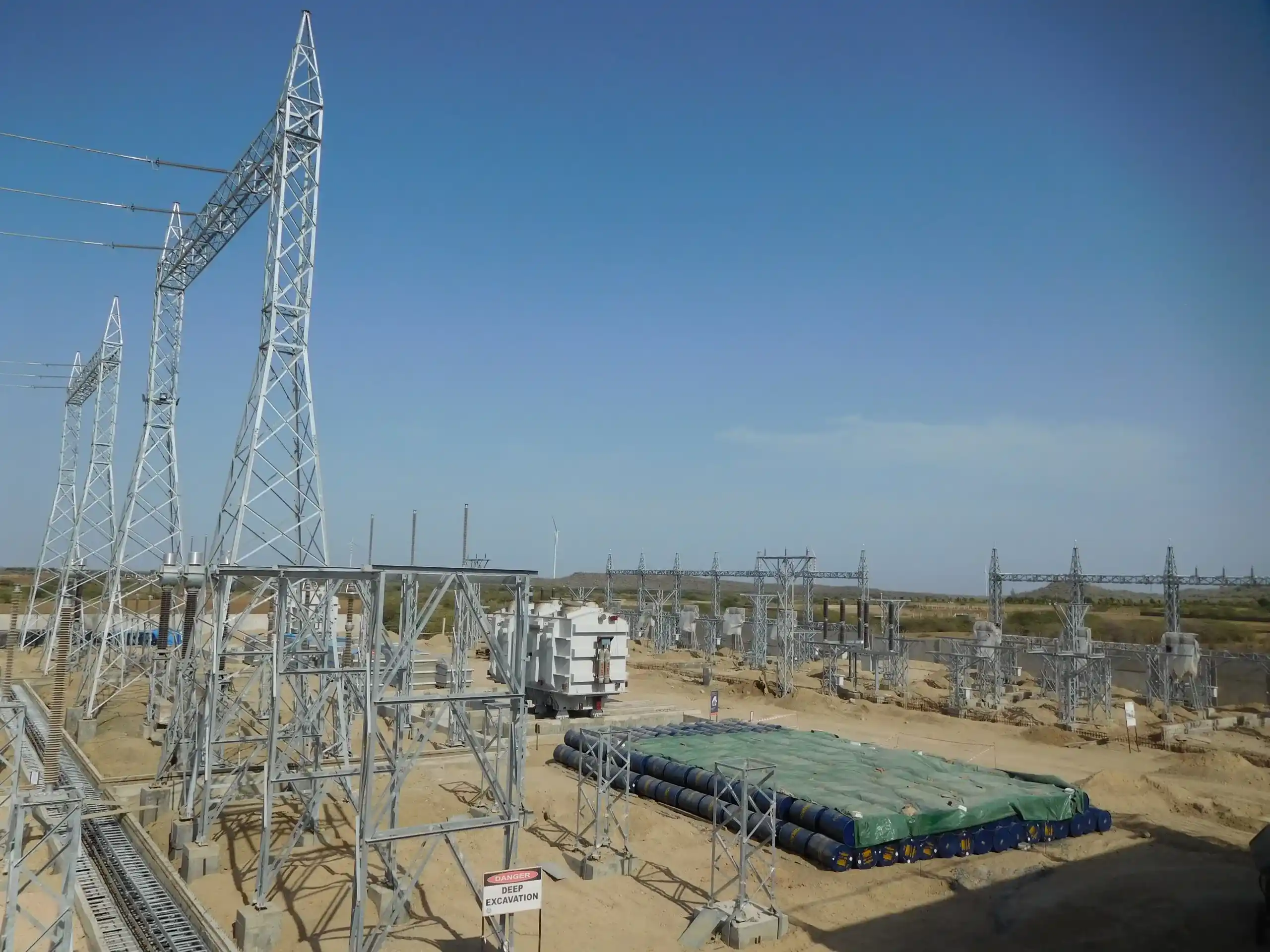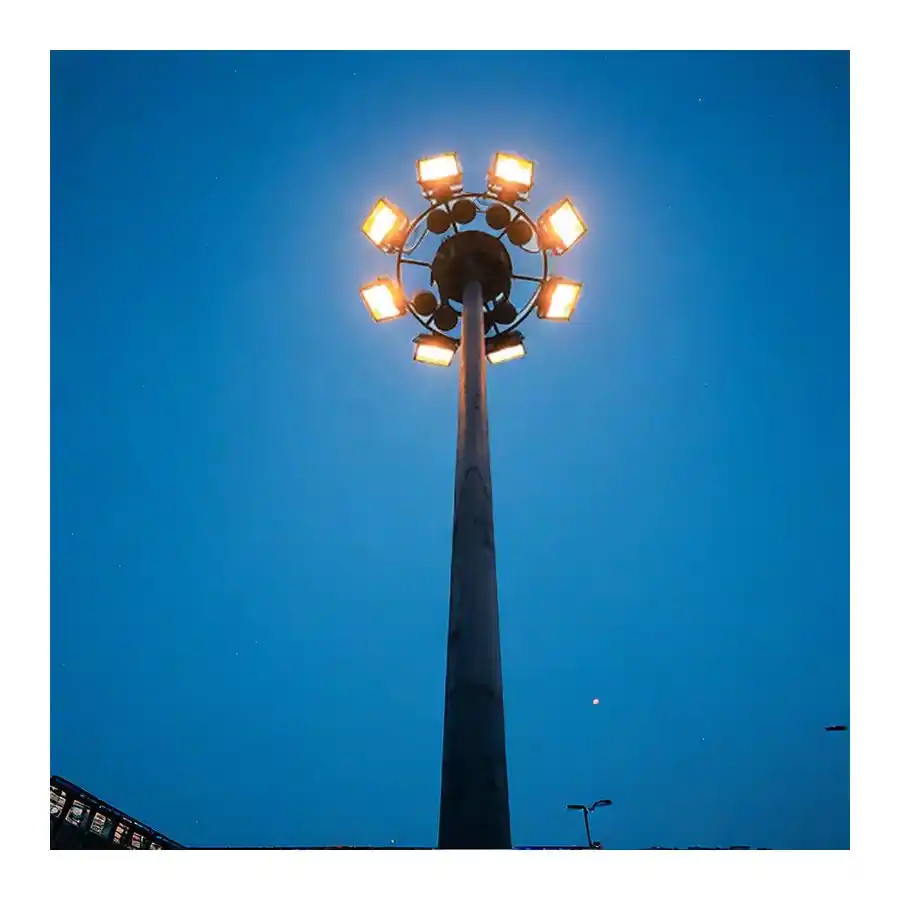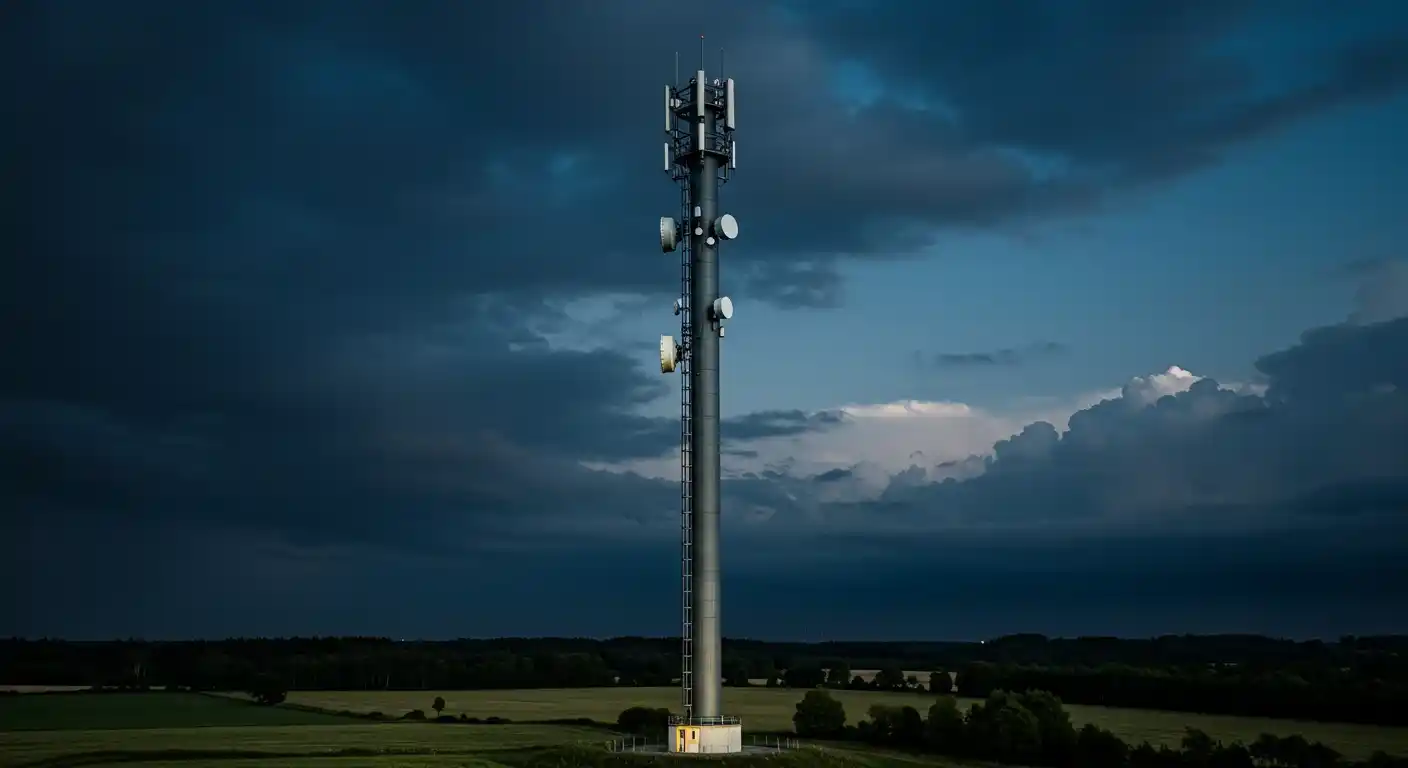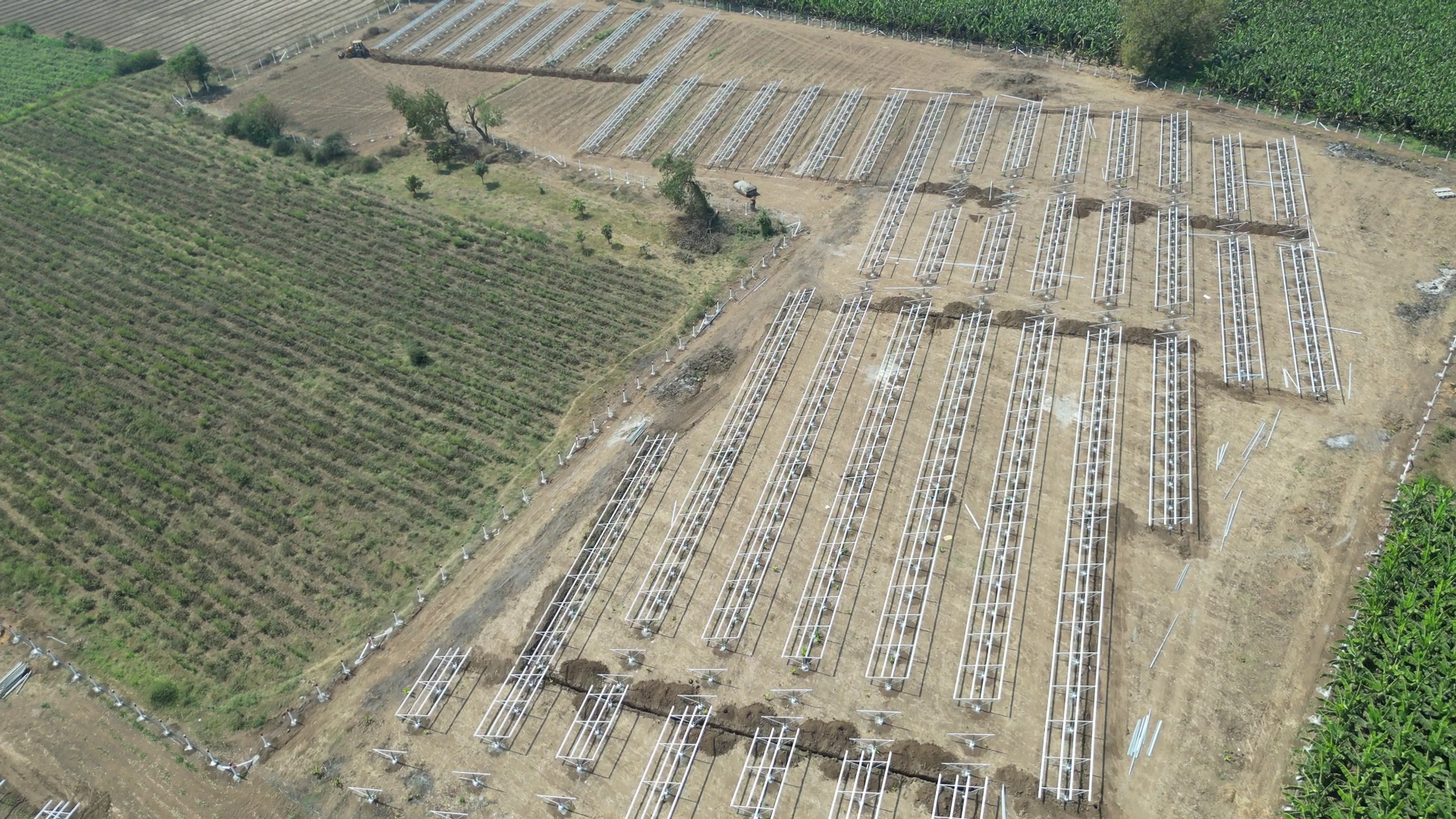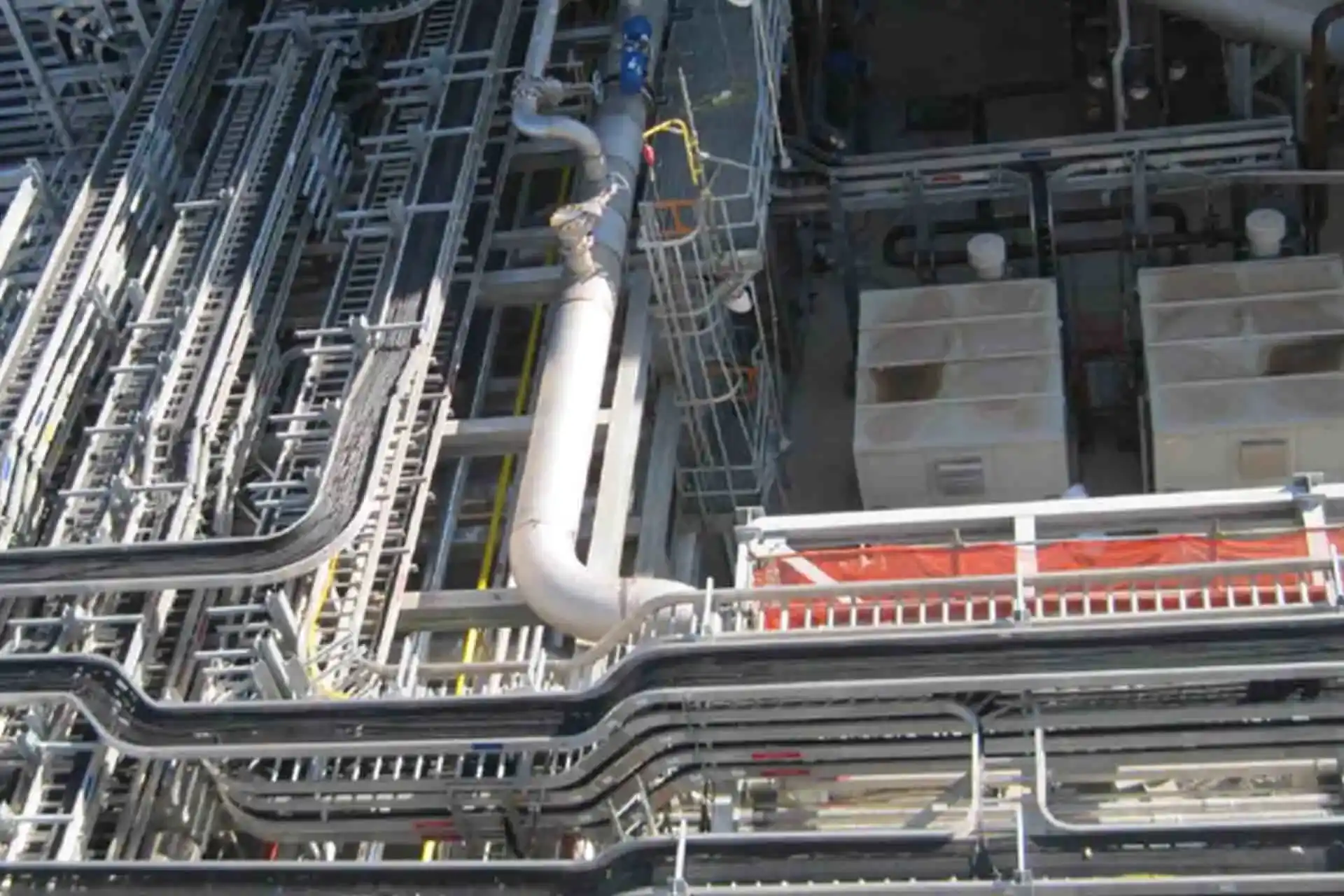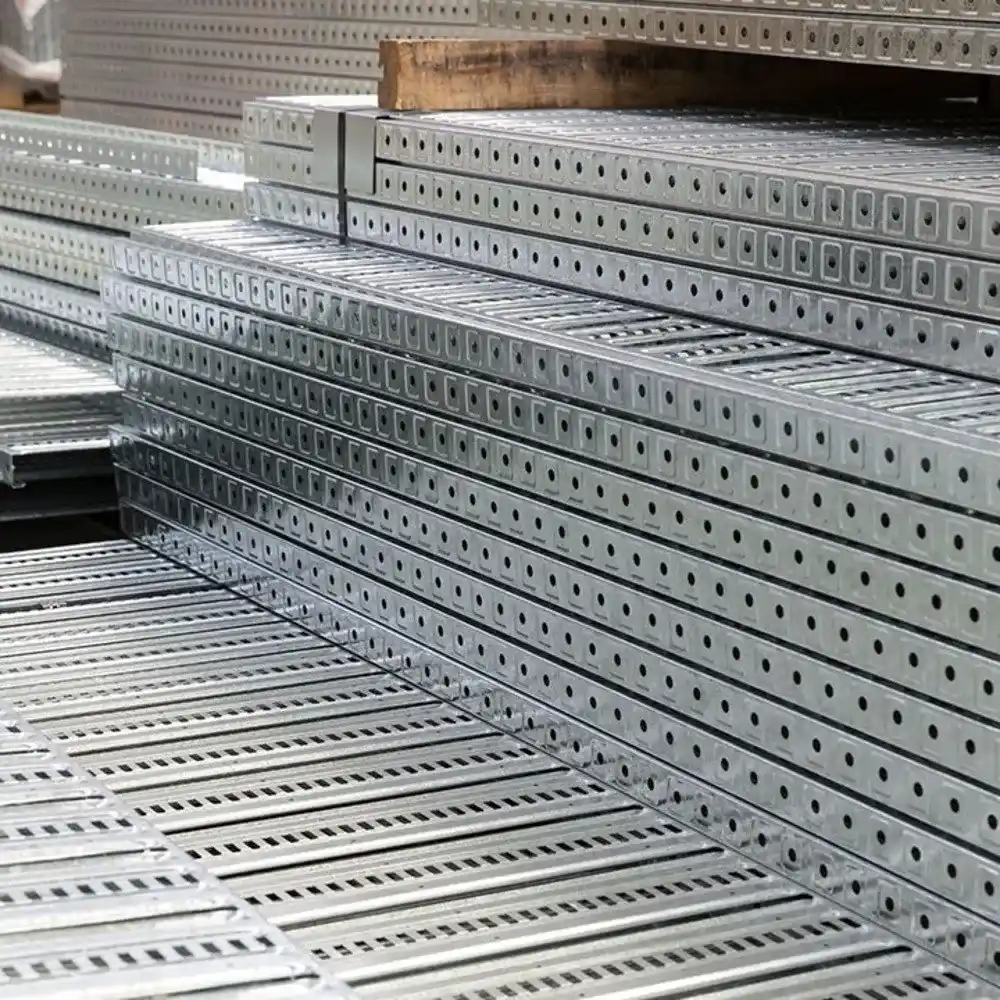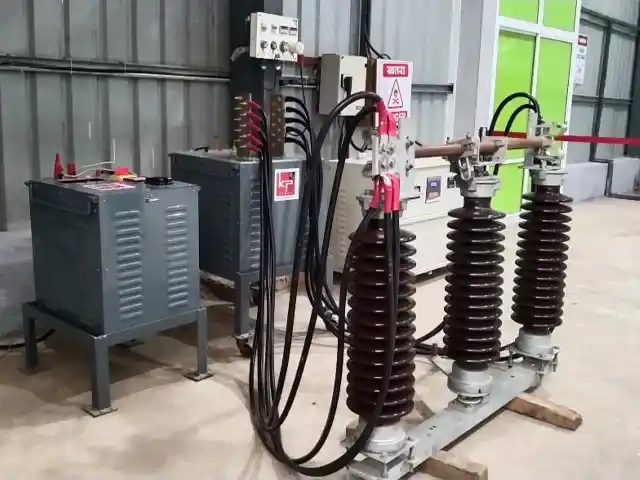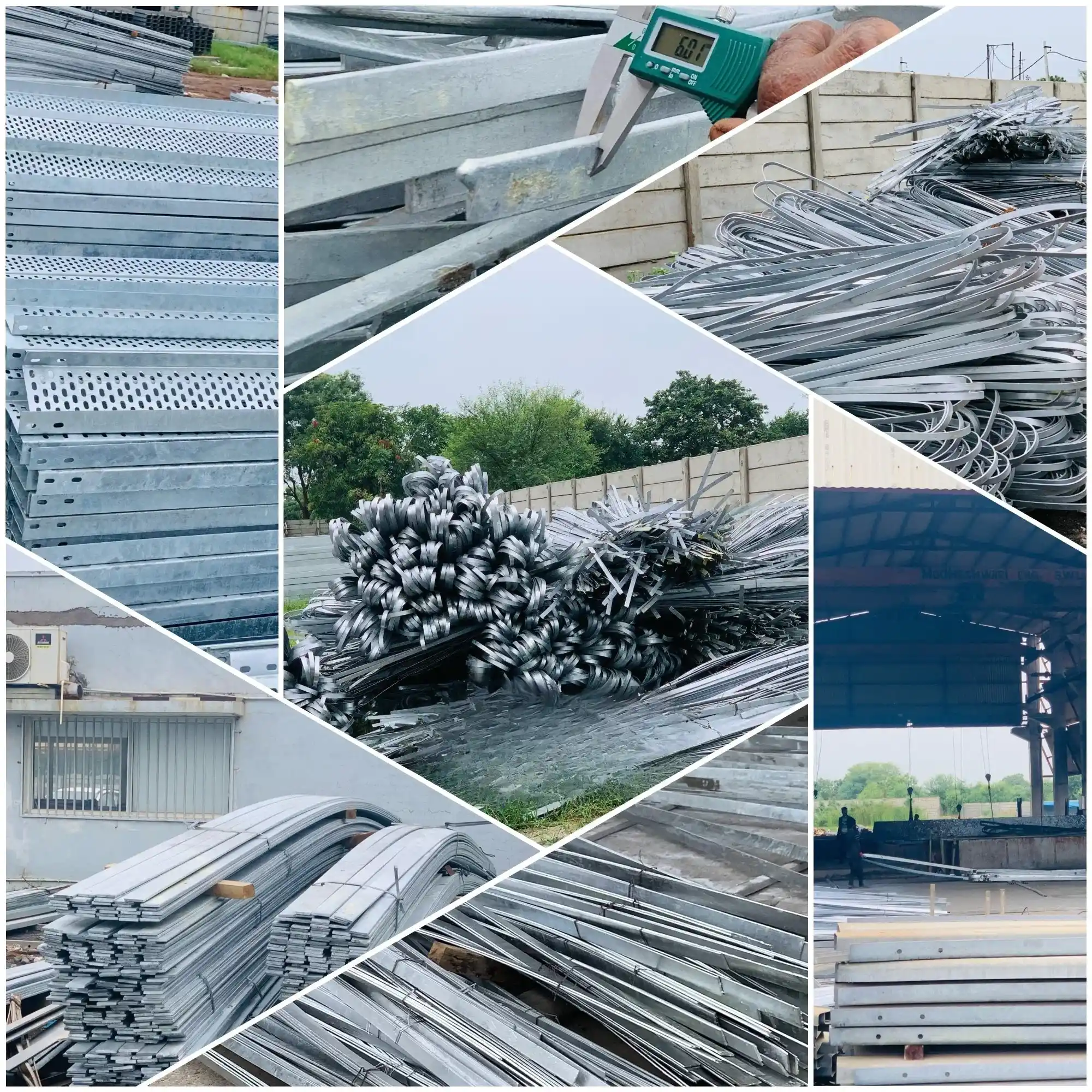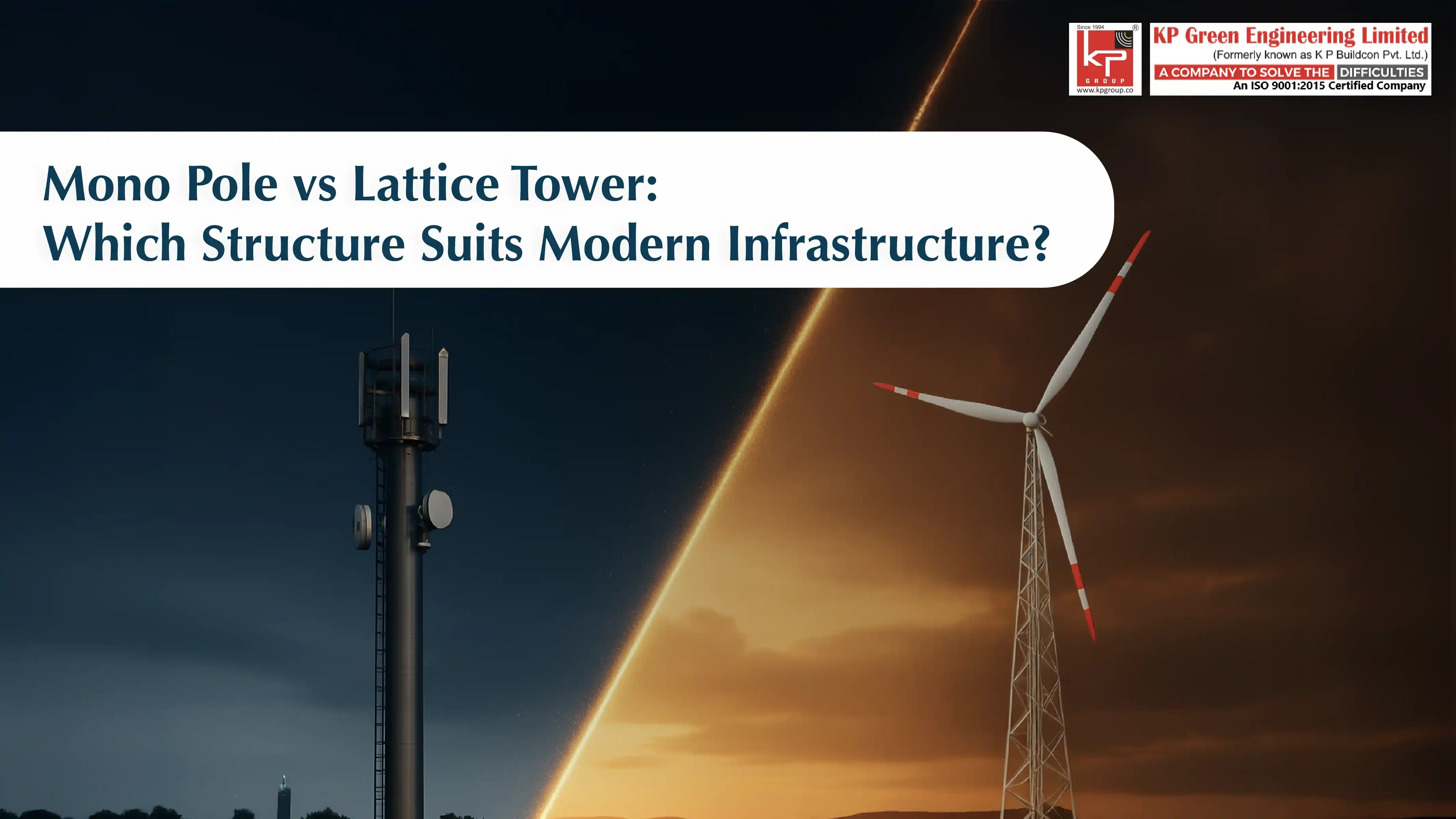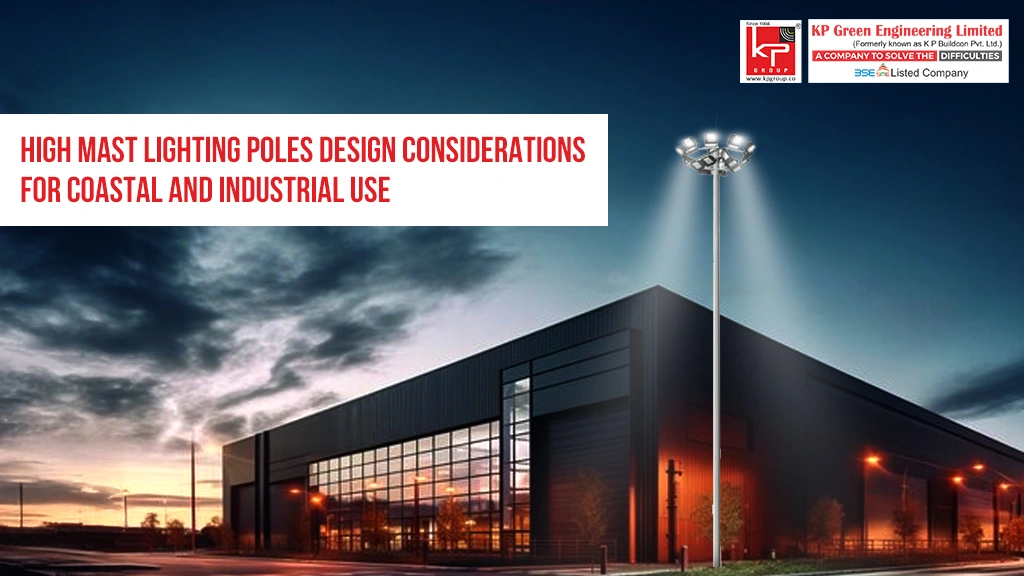
What Are Crash Barriers? Types, Uses, and Benefits Explained
Have you ever considered the crucial role of crash barriers in highway safety?
Whether it’s about absorbing impact, reducing the severity of accidents or preventing vehicles from veering off the road, these crash barriers play a major role.
Guarding the roads with high-quality crash barriers can enhance road safety by minimizing risks of motorists from steep drops, medians, and roadside hazards. Built for durability and resistance to harsh weather conditions, they are an inseparable part of modern highway infrastructure, ensuring safer journeys for everyone on the road.
At KP Green Engineering Ltd, we know that safety and reliability are top priorities. And that’s why we specialize in steel manufacturing, offering solutions like metal beam crash barriers and W metal beam barriers so that you can keep running and managing your infrastructure projects smoothly and safely.
In this blog, we'll take a closer look at what crash barriers are, crash barrier types, how to choose the right one, benefits of crash barriers, KP Green Enginering’s role in crash barrier manufacturing and many more.
Let’s first begin by understanding what crash barriers are.
What Are Crash Barriers?
Crash barriers are safety devices designed to reduce the impact of a collision, which in return protects people, equipment, and infrastructure from serious damage.
You would find crash barriers most commonly on highways, but they are also used in industrial settings, where there is a high usage of large equipment and machinery.
By using various crash barrier types, depending on the setting, you can prevent vehicles or machinery from causing significant damage when they veer off course. Now that you know what crash barriers are, let’s have a look at crash barrier types.
Types of Crash Barriers in Infrastructure Industry
When it comes to crash barrier types, there’s no one-size-fits-all solution. The type of barrier you will need to choose depends on the project you are working on, its complexity, level of protection required and the specific environment.
Here we have listed some of the most common types of crash barriers -
1. Rigid Barriers (Non-Deformable)
One of the most common and widely seen crash barriers is rigid barriers. They provide the maximum resistance to impact and do not deform upon collision. Rigid barriers are ideal for highway projects, including the goal of preventing vehicle penetration.
There are two main types of rigid barriers – concrete barriers and bridge parapet barriers. Here’s a quick brief about both of these crash barrier types -
Concrete Barriers: This type of crash barrier is made from reinforced concrete, and they are commonly used on medians and roadsides to prevent crossover accidents.
Bridge Parapet Barriers: Installed on bridges and elevated roads, these barriers prevent vehicles from falling off and provide structural reinforcement.
2. Semi-Rigid Barriers (Partially Deformable)
Semi-rigid barriers are designed to absorb impact energy while deflecting slightly to reduce crash severity. There are two main types of semi-rigid barriers – W-beam guardrails and thrie-beam guardrails.
W-Beam Guardrails: One of the most widely used highway safety barriers, W-Beam guardrails feature a corrugated steel design that absorbs impact while redirecting vehicles back onto the road.
Thrie-Beam Guardrails: A stronger and wider version of the W-beam, Thrie-beam guardrails provide enhanced impact resistance which is particularly useful for high-speed highways and heavy vehicle traffic.
3. Flexible Barriers (Highly Deformable)
Moving next, flexible barriers can be a great choice when you want to have a solution that absorbs maximum energy by deflecting significantly upon impact, reducing the risk of severe injuries and vehicle damage.
Here are two sub-types of flexible barriers -
Cable Barriers (Wire Rope Barriers): These are made of steel cables mounted on posts and are commonly used on medians to prevent head-on collisions.
Plastic Water-Filled Barriers: If you are working on a highway project that includes temporary roadwork zones, plastic water-filled barriers should be your go-to choice. They are easy to install and as they are filled with water, they offer a controlled impact resistance while remaining portable.
4. Crash Cushions (Impact Attenuators)
Lastly, crash cushions, also known as impact attenuators, are designed to absorb and dissipate impact energy which in result reduces crash severity and protects both vehicles and road structures.
Here are two sub-types of crash cushions -
Sand-Filled Barrels: They are often placed at highway exits, toll booths, and construction zones and they absorb impact by dispersing sand, reducing collision force.
Energy-Absorbing Terminals: Installed at the ends of guardrails, these terminals minimize the risk of vehicles penetrating through barriers, enhancing road safety.
There’s no doubt that each of these crash barriers serves a specific purpose, depending on road conditions, traffic volume, and safety requirements. By assessing your own requirements, you can make the right choice of crash barriers for your highway projects.
How to Choose the Right Crash Barriers?
To select the right crash barrier for your project, you will need to consider a few key factors as discussed below -
Risk Level: The first thing you need to consider is the level of accident probability in your area. If your project is near a highway or high-traffic zones, you’ll need something more robust, like a W metal beam barrier.
Environment: Secondly, you will also need to consider harsh weather conditions while choosing crash barriers for your highway projects. It’s highly recommended to choose metal beam barriers as they are durable and built to last.
Impact Resistance: Another factor you should consider while choosing a crash barrier is impact resistance. If your project is being developed in areas where high-impact collisions are a possibility, you will need to have stronger barriers like W metal beam barriers. For example, if the highway you are working on has sharp turns or steep declines, you will need to have barriers with great resistance to minimize vehicle penetration.
Industry Requirements: Moving next, it’s also recommended that you understand the minute details of your project. For instance, highways with heavy commercial truck traffic may require reinforced barriers to withstand greater force, whereas urban roads might prioritize barriers with pedestrian safety features.
When you have an understanding of your industry's needs it will help you select the most appropriate barrier system.Visibility: Next, you also need to make sure that crash barriers you select are easily visible, especially in low-light conditions or adverse weather.
Crash barriers with reflective strips, painted surfaces, or built-in lighting elements improve visibility so that drivers can easily spot them and adjust their driving accordingly.Ease of Installation and Maintenance: Moreover, the installation process of crash barrier should be efficient, especially for large-scale highway projects.
Barriers that require minimal groundwork and can be quickly assembled help you and your team save time and money. Additionally, selecting low-maintenance materials, such as steel or concrete, ensures long-term durability with minimal maintenance.Compliance with Regulations: It is essential to choose crash barriers that meet national and international safety standards. Make sure you are using crash barriers that meet national and international standards of regulation.
Cost-Effectiveness : While safety is the primary concern, budget constraints also play a role in choosing the right crash barrier. It’s recommended that you choose barriers that offer the best balance between cost, durability, and performance.
At KP Green Engineering Ltd, we work with you to understand the unique needs of your project and help you choose the best solution. With our years of experience in steel structure manufacturing, we provide personalized recommendations to make sure your infrastructure is safe and secure.
Benefits of Crash Barriers

So, why should you invest in crash barriers for your highway and infrastructure projects? Well, there are many benefits to it! Let’s break them all down one by one.
Safety: One of the most important benefits of crash barriers is safety. Safety of your sites and people working on the field.
We are sure, in infrastructure projects, where there’s heavy equipment and potentially dangerous working conditions, it’s super important to have safety measures in place. A well-placed metal beam crash barrier can save both lives and costly equipment.Durability: Another benefit of crash barriers is durability. Metal beam crash barriers are built to stand up to tough conditions, from extreme weather to high-impact collisions. This means your highway projects will have fewer repairs and more long-term protection.
Cost-Efficiency : Think of crash barriers as an investment in the longevity of your project. By preventing accidents or minimizing damage, you reduce repair costs and prevent costly delays.
The right barriers can protect your equipment and reduce downtime, which ultimately keeps the project on track and within budget.
However, to get the maximum benefits from your crash barriers, you also need to make sure that you are sourcing it from well-established manufacturers like KP Green Engineering Ltd.
KP Green Engineering’s Role in Crash Barrier Manufacturing
At KP Green Engineering Ltd, we’re not just any other crash barrier manufacturers, we are industry leaders in high-quality steel structure manufacturing to provide durable, strong and reliable crash barriers.
Our team has years of experience creating barriers that meet the highest safety standards. Additionally, we use advanced CNC machinery and precision engineering techniques to manufacture crash barriers that comply with national and international safety regulations.
Our galvanized steel barriers are designed to withstand harsh weather conditions, corrosion, and high-impact collisions, making them ideal for highways, expressways, and critical infrastructure projects.
So, if you are working on a major infrastructure project, we understand the unique challenges you face and give specific solutions for that! From design to installation we, at KP Green Engineering, make sure that you get the best product quality to achieve your goals.
Importance of High Quality Steel in Crash Barrier Construction
When it comes to metal beam crash barriers, steel is one of the most reliable materials because of its strength and reliability.
When constructing crash barriers, the fabrication process includes shaping and reinforcing the steel to ensure that the barriers can stand strong even in the toughest conditions.
Here are some of the key aspects which makes steel an important metal for crash barrier construction -
Customizable Designs: Steel fabrication allows us to create crash barriers in various shapes and sizes, ensuring they fit seamlessly into highways, bridges, and curved roads related projects.
Quick and Efficient Installation: With prefabricated steel components, it becomes easier to install faster and more efficiently, which in return reduces downtime and construction costs.
Integration of Crash Barriers in Infrastructure Projects
When you’re planning and managing your infrastructure project, you can’t ignore the safety aspect and that’s why you need to integrate crash barriers into the overall layout of the project.
Whether it’s protecting high-traffic zones or safeguarding equipment near public spaces, these barriers play a key role in preventing accidents and protecting assets. In infrastructure projects, for example, metal beam crash barriers can be placed around the perimeter or near areas with heavy machinery to protect workers and equipment from accidents.
Get High Quality Crash Barriers for Your Next Project with KP Green Engineering Ltd
There’s no doubt that crash barriers are an important part in ensuring the safety and success of large-scale infrastructure developments. Whether it’s a metal beam crash barrier or a W metal beam barrier, they provide the protection necessary to keep everything running smoothly.
At KP Green Engineering Ltd, we’re proud to offer complete engineering and steel structure manufacturing to ensure that your infrastructure projects are safe, durable, and cost-effective. With our expertise in metal beam crash barriers, we can help you protect your investment and keep your projects on track.
If you’re looking for reliable and robust safety solutions, reach out to us today. Together, we can build safer, more efficient projects for a sustainable future.
Frequently Asked Questions:
About Us
KP Green Engineering Ltd. provides complete engineering and steel structure manufacturing solutions worldwide, serving industries such as renewable energy, telecommunications and beyond.
Get In Touch
Latest News
KP Green Engineering Dispatches First Heavy Engineering Product For Chennai Metro
KP Green Engineering Secures INR 682.75 Crore Order in Solar and Transmission Segments
KP Green Engineering Limited's Financial Results for H1 FY26



